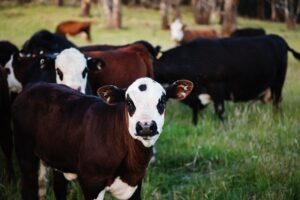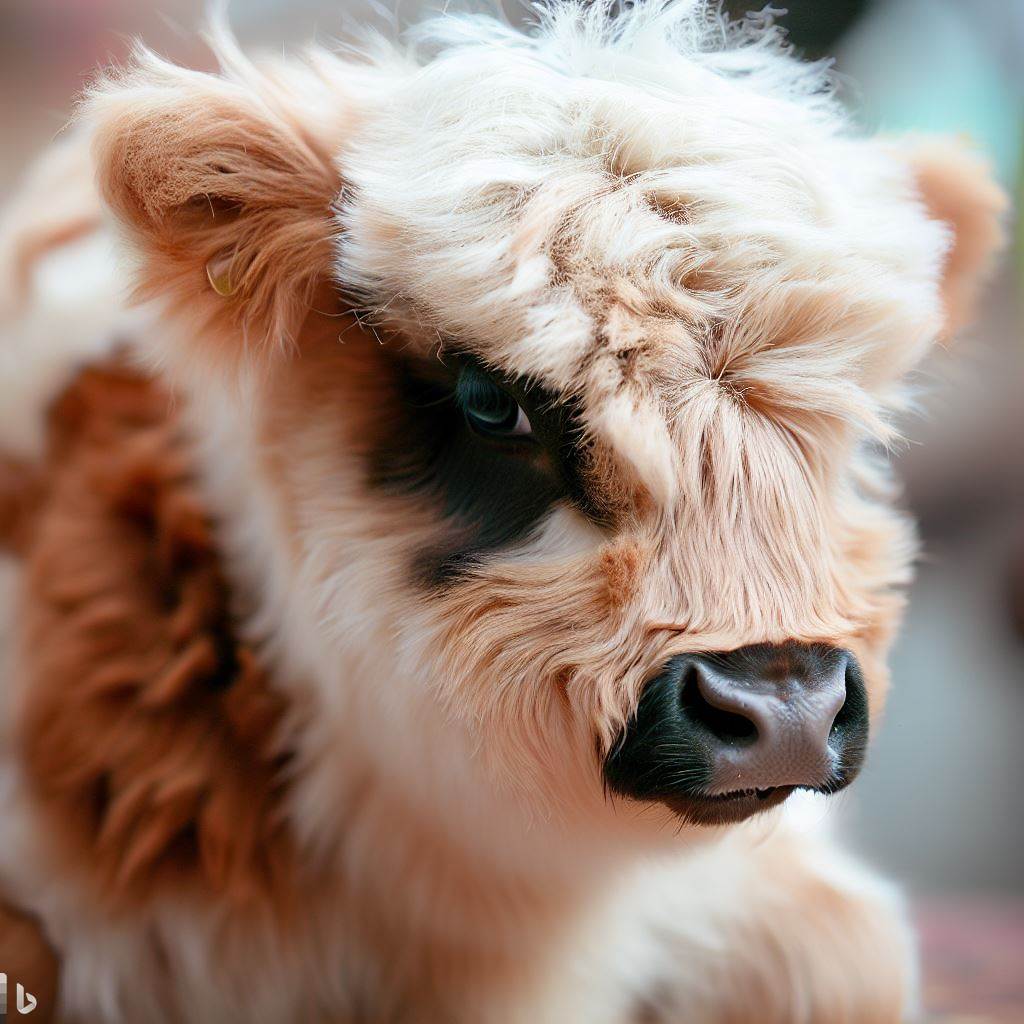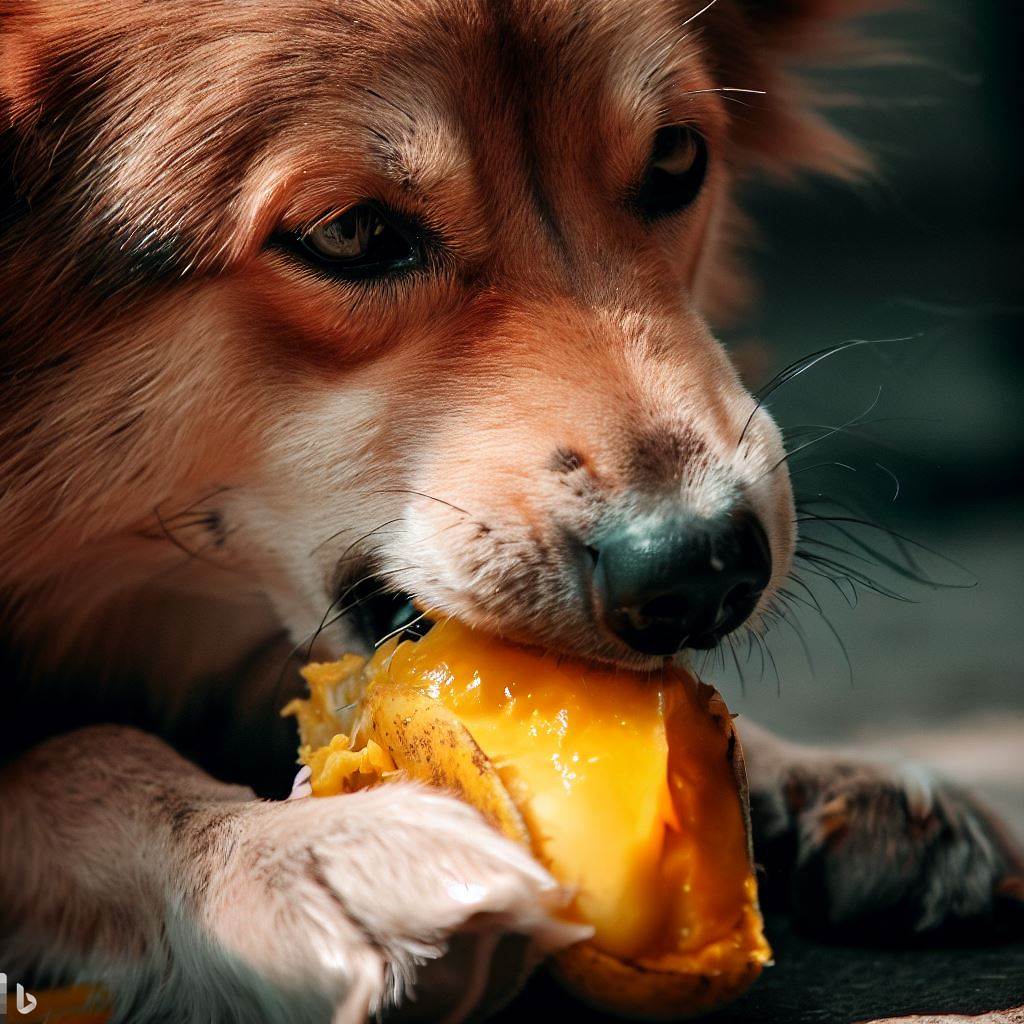What is Livestock?
Livestock refers to domesticated animals that are raised for various purposes, such as food, fiber, labor, and companionship. Livestock farming, also known as animal husbandry, involves the breeding, raising, and management of these animals for human use. Livestock can include animals such as cattle (including cows and bulls), pigs, sheep, goats, poultry (chickens, turkeys, ducks), horses, and other animals.
Livestock can be raised for different purposes:
Food production:
Livestock is primarily raised for meat, milk, and eggs. Cattle are commonly raised for beef, while pigs are raised for pork. Sheep and goats are raised for meat and also provide wool. Poultry, such as chickens, are bred for meat and eggs.
Dairy production:
Cows, goats, and sheep can be raised for milk production. Their milk is used to produce various dairy products like cheese, butter, yogurt, and ice cream.
Fiber production:
Sheep, goats, and sometimes llamas or alpacas are raised for their wool or hair, which is used in the production of textiles and garments.
Work and transportation:
Horses and donkeys have historically been used for work and transportation purposes, such as plowing fields, pulling carts, and riding. Livestock farming practices can vary depending on the region, farming system, and cultural practices. Some livestock may be raised in extensive systems, where animals roam freely over large areas of land.
Requirement For Livestock
The specific requirements for livestock can vary depending on the type of animal and the purpose for which they are raised. However, there are some general considerations and common requirements for livestock care. Here are some key factors to consider when it comes to the requirements of livestock:

Housing and Shelter:
Livestock need appropriate housing and shelter to protect them from extreme weather conditions, predators, and disease transmission. Housing should provide adequate space, ventilation, and insulation, depending on the type and size of the animal. Clean and comfortable bedding or flooring should be provided for resting and preventing injuries.
Nutrition and Feeding:
Livestock require a balanced diet that meets their nutritional needs for growth, reproduction, and overall health. Feed should include a combination of forage (grasses, hay) and concentrates (grains, protein supplements) appropriate for the specific animal species. Fresh, clean water should be available at all times, and feeding schedules should be consistent.
Health and Veterinary Care:
Regular veterinary care is essential to monitor the health of livestock, prevent and treat diseases, and administer vaccinations and deworming as needed. Livestock should have access to appropriate medical treatments and medications.
Exercise and Pasture Management:
Livestock benefit from regular exercise and access to grazing areas whenever possible. Pastures should be well-managed, providing adequate forage and rotational grazing systems to prevent overgrazing and maintain soil health.
Social Interaction and Behavioral Needs:
Some livestock, such as cattle and sheep, are social animals and require companionship to thrive. Enrichment activities, such as providing scratching posts or toys, can help prevent boredom and behavioral issues.
Animal Handling and Safety:
Proper handling facilities and equipment should be available to ensure the safety of both livestock and handlers during tasks such as vaccinations, hoof trimming, or transportation. Compliance with Regulations and Animal Welfare Standards: Livestock farmers must adhere to local, regional, and national regulations regarding animal welfare, food safety, and environmental protection.
Healthcare and veterinary medicine
Maintaining the health and well-being of livestock is a crucial aspect of livestock farming. Proper healthcare and veterinary medicine play a vital role in preventing and treating diseases, promoting animal welfare, and ensuring optimal productivity. Here are some key aspects of health medicine related to livestock:
Vaccinations:
Vaccinations are essential for preventing or reducing the incidence of infectious diseases in livestock. Vaccination programs should be developed in consultation with veterinarians to protect against diseases prevalent in the specific region and livestock species. Common vaccines include those for diseases such as rabies, foot-and-mouth disease, brucellosis, clostridia infections, and respiratory diseases.
Parasite Control:
Parasites, including internal parasites (worms) and external parasites (ticks, lice, flies), can negatively impact the health and productivity of livestock. Regular deworming and implementing integrated parasite management strategies are crucial for controlling and preventing parasitic infestations. This may involve the use of anthelmintic (deformers) and practices like pasture rotation, strategic treatment, and maintaining clean and hygienic environments.
Disease Prevention and Biosecurity:
Implementing effective biosecurity measures is essential to prevent the introduction and spread of diseases within livestock herds or flocks. This includes maintaining strict hygiene protocols, quarantine measures for new animals, limiting visitor access, and monitoring and controlling disease vectors.
Nutritional Management:
Proper nutrition is crucial for the overall health and productivity of livestock. Formulating balanced diets that meet the specific nutritional requirements of different species and production stages is essential. Adequate access to clean water, appropriate feed formulations, and proper feeding practices contribute to optimal growth, reproduction, and immune function.
Antibiotic Stewardship:
Responsible use of antibiotics is critical to prevent the development of antimicrobial resistance. Antibiotics should be used judiciously and only when necessary, following veterinary guidance and adhering to withdrawal periods before slaughter or milk production.
Emergency Care and First Aid:
Livestock farmers should be equipped with basic first aid knowledge and supplies to provide immediate care in case of injuries or emergencies. This includes having access to wound care products, bandages, antiseptics, and veterinary support when needed.
Record-Keeping and Veterinary Consultation:
Maintaining accurate health records, including vaccination history, treatments, and disease incidences, is important for effective herd or flock management. Regular consultations with veterinarians help in monitoring and addressing health issues, developing appropriate health programs, and staying updated on best practices.
Livestock agent
As an expert in this field, a livestock agent acts as a mediator between livestock producers and buyers, ensuring a smooth and efficient transaction process. They possess extensive knowledge of various livestock breeds, market trends, and pricing strategies. A livestock agent provides valuable guidance to farmers, helping them make informed decisions regarding the sale or purchase of livestock.
What is a livestock agent law enforcement
A livestock agent in law enforcement refers to an individual who is responsible for enforcing laws and regulations related to livestock and agriculture. These agents are typically employed by government agencies or departments, such as the Department of Agriculture or the Department of Natural Resources, and their primary focus is on ensuring compliance with laws regarding livestock handling, transportation, and welfare.
Livestock network
A livestock network refers to a system or platform that connects individuals and businesses involved in the livestock industry. It serves as a hub for communication, collaboration, and information exchange among livestock producers, suppliers, buyers, and other industry stakeholders. The livestock network provides a centralized platform where participants can connect with one another, share knowledge and resources, and explore business opportunities.
Conclusion:
Livestock farming has been a fundamental aspect of human civilization for thousands of years, and it continues to be a vital component of the global agricultural industry. Livestock not only provides essential products like meat, milk, eggs, and wool but also contributes to the rural economy by generating income and employment opportunities. The relationship between humans and livestock is complex, and the welfare of these animals is of growing concern in modern times. S
FAQs (Frequently Asked Questions):
Why is livestock farming essential?
Livestock farming is essential because it provides a sustainable source of food and other products like milk, eggs, and wool. It also plays a crucial role in supporting rural livelihoods and economies, providing income and employment opportunities to millions of people worldwide.
What are the main types of livestock?
The main types of livestock include cattle, sheep, goats, pigs, and poultry (chickens, ducks, turkeys). Each type of livestock serves different purposes and has specific characteristics suited to various agricultural practices.
How does livestock farming impact the environment?
Livestock farming can have both positive and negative environmental impacts. Positive aspects include the recycling of nutrients through manure, while negative aspects include greenhouse gas emissions, deforestation for pasture or feed production, and water pollution. Sustainable livestock practices aim to minimize negative environmental impacts.
What are the challenges in livestock farming?
Livestock farming faces several challenges, including disease outbreaks, fluctuating market prices, environmental concerns, and the need for improved animal welfare. Additionally, the growing global demand for animal products poses challenges in balancing production with sustainability.
How can livestock welfare be ensured?
Livestock welfare can be ensured through proper management practices, access to adequate nutrition, appropriate shelter, disease prevention, and providing an environment that allows for the expression of natural behaviors. Animal welfare standards and regulations are established in many countries to protect the well-being of livestock.
Is livestock farming sustainable?
Sustainable livestock farming involves balancing economic, social, and environmental aspects of animal production. It includes practices that minimize negative environmental impacts, ensure animal welfare, and contribute positively to the well-being of communities involved in the industry.
What is the role of livestock in food security?
Livestock plays a crucial role in food security by providing a reliable source of animal protein and other essential nutrients. In many regions, livestock products are an integral part of the diet and contribute significantly to meeting nutritional needs.
How is livestock farming evolving?
Livestock farming is continually evolving with advances in technology, genetics, and management practices.





